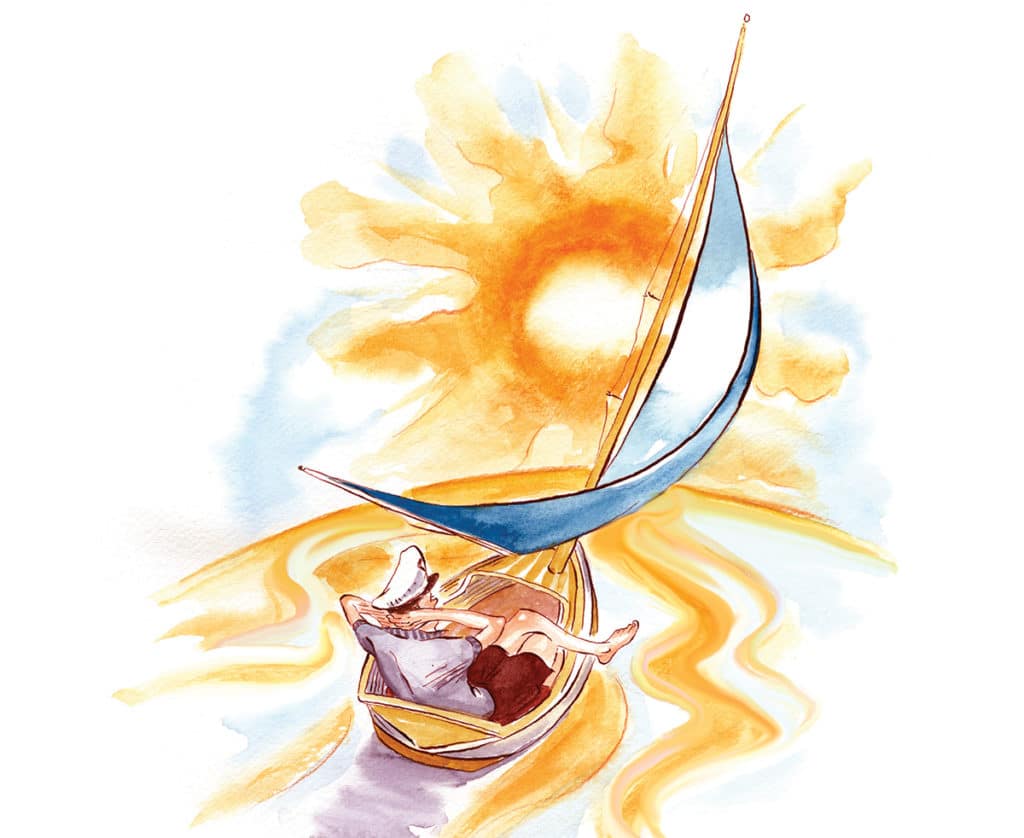
Have you ever broken up with someone and, right before the end, decided to be brutally honest? And then afterward, you realized that you probably should have kept your mouth shut, done the “it’s not you, it’s me” thing and walked away?
Well, I’m breaking up with Boating magazine. And, as those of you who have been reading me for the last few decades most likely know, I have almost no impulse control. So, before being foolishly honest and committing economic suicide in print, let me tell you why I’ll miss working here and why you should keep up your subscription.
The best thing about this magazine, for those of us who put it together and those of you who read it, is its integrity. Like getting lucky on a first date, high standards are something you hope for but rarely experience. That’s what has been so special about Boating for the last 60 years. This magazine lays it on the line, regardless of the consequences.
Then why give it up? I’m doing it because of what I’ve been taught here, which is to be honest. So here it goes. Boating magazine has a tradition of trashing sailboaters, aka blow boaters, snail boaters and all the rest. I’ve done it too. But I can’t do it any longer. As they say in 12-step programs: “Hi, I’m David and I’m a sailor. I started when I was 17 and still take an occasional puff.” And I see nothing wrong with it. In fact, I suggest that you do the same.
I’m not saying that you should give up power. However, if you want to become a real boater, I believe you should learn to sail — and a lot more. For its first 20 years, Boating covered sail as well as power. The inaugural issue even helped readers choose between the two. Back then, it was a tough choice. But it wasn’t long until engines became more affordable, reliable and larger, as did the boats. From then on, most of us, along with this magazine, began to ignore sailboats. And that made sense.
But good boaters — true seamen — are ones who have captained and crewed on all types of boats. I believe that if you stick with the same sort of boat, then you’re not learning, and may even be doing things wrong and not know it. A real boater should be able to row a dinghy, paddle a kayak or canoe, operate a tiller-steered outboard, and handle an 80 mph go-fast and a single-engine trawler.
Without horsepower to get you out of trouble, sailing teaches subtlety. You discover how wind and water affect a boat. A powerboater who can sail comes to a dock balancing these forces, needing little help from the engine. The boater who only knows power depends on it, and when it lets him down — and one day, it will — things can get ugly.
Sure, sailboats top out at 6 mph, run heeled over at ridiculous angles, and can’t go anywhere in a straight line. But they are the best teachers of seamanship there is. Cadets at the U.S. Naval Academy, who will someday command nuclear subs and aircraft carriers, are taught to be sailors first. Which is why my kid will learn to sail before he gets his first real boat. Although, buying that boat may be a long way off with his dad on the dole.
So, to my friends at Boating and to those reading this, honestly … it’s not you, it’s me. All I ask now is that the next time I see you outside the inlet, have pity and wave as I try to sail my retired butt out of your way.









